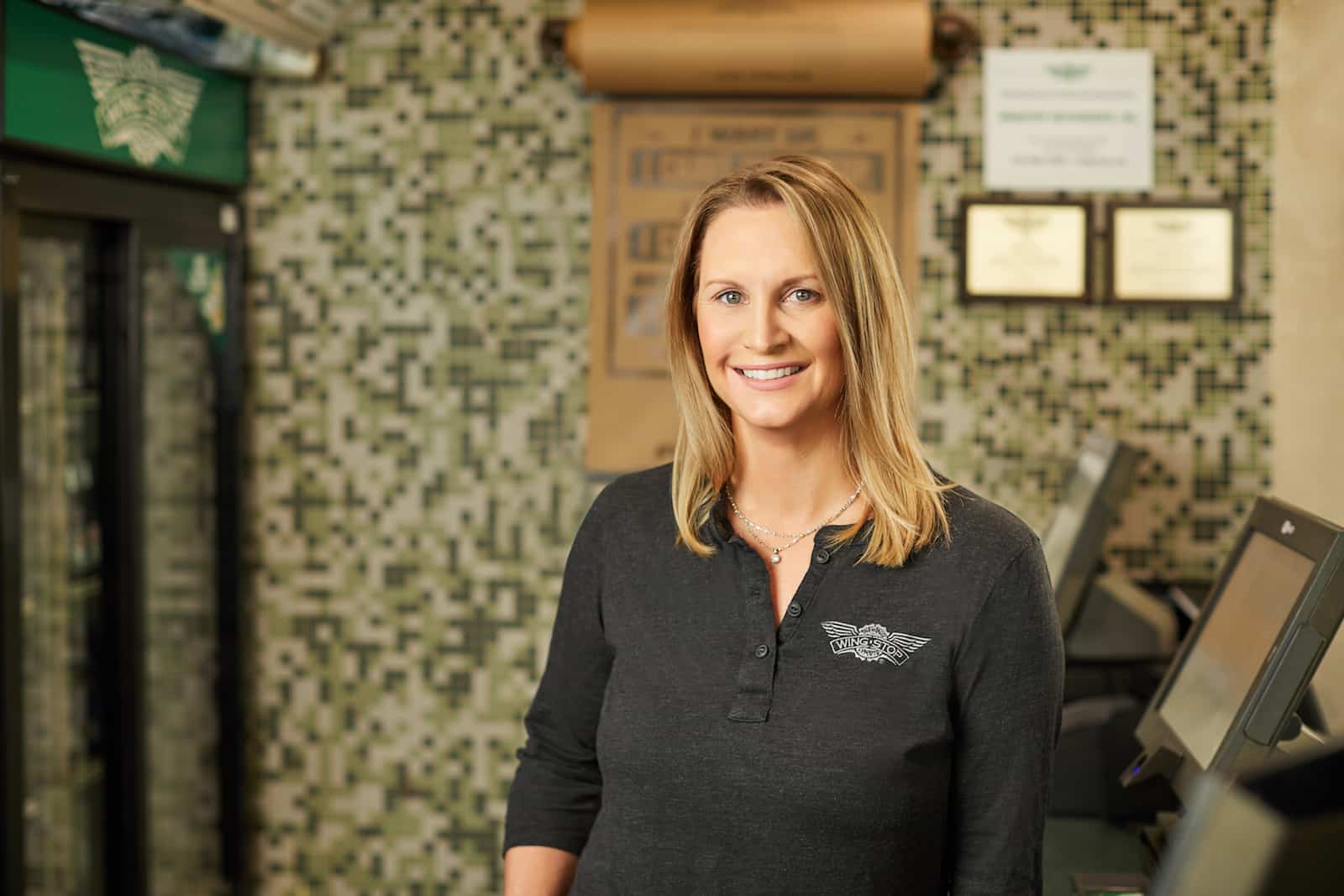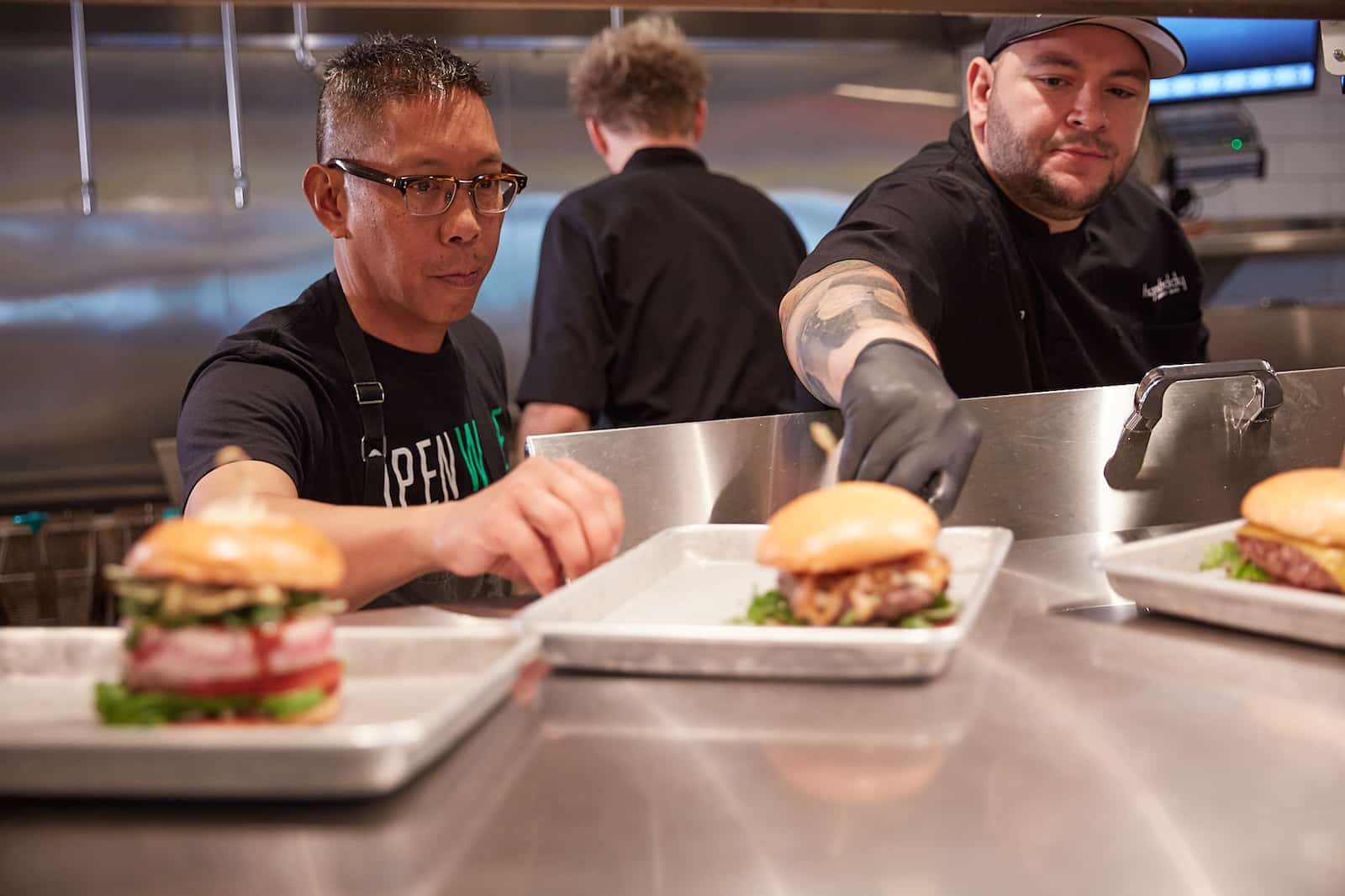In the five or six years prior to the COVID-19 pandemic, a segment of the fast-casual industry had emerged that defined itself less by the customization and convenience of its fast-casual forefathers and more by the quality and experience of those casual brands above it in the service pecking order. The brands representing this fast casual 2.0 movement boasted big-box footprints, comfortable seating, and a laid-back experience that was best enjoyed on-site—all with counter service.
Unfortunately for those brands, they didn’t have the same off-premises mechanisms as traditional fast casuals, which made the COVID-19 pandemic much more of a shock to the system—and recovery much slower to jumpstart. For at least one fast casual 2.0 brand, though, its willingness to quickly perform a digital upheaval helped power an off-premises evolution that continues to have a ripple effect today—so much so that it’s even transforming the way it approaches its on-site experience.
Austin, Texas–based Hopdoddy Burger Bar made its name serving premium burgers, fries, and shakes in a more casual setting, complete with beer, wine, and cocktails. It had grown to around 30 locations before COVID-19, most of them located in Texas. CEO Jeff Chandler told QSR before the pandemic that the goal was to create an experience similar to casual dining but faster, and to “allow our guests to enjoy and experience Hopdoddy at their pace, at their style, at their convenience, at the way that they choose to use us.” That meant limiting the off-premises growth, he said at the time. As such, only about 12 percent of Hopdoddy’s sales were off-premises before COVID-19 arrived.
Of course, that strategy couldn’t work after stay-at-home orders were issued. And Hopdoddy was forced to play catch-up on getting everything from packaging to systems up to date so that customers could enjoy a Hopdoddy experience at home.
“There were a lot of things that we worked internally to really deconstruct our business and then build it back in a way that was in alignment with our brand pillars, and in alignment with what guests expected, but also done mindfully and purposefully in a way that allowed us to try to remain profitable through that uncertain time,” Chandler says of the early days of the pandemic.
The first step, he says, was to overhaul Hopdoddy’s digital presence. That included making the user interface of its digital ordering platforms more intuitive and seamless, taking notes on how to do that from major players like Starbucks.
Next came the off-premises service channels. Third-party delivery exploded, but so too did the demand for pickup. So Chandler says Hopdoddy decided to prop up a curbside platform that could easily facilitate contactless takeout.
“We took some cues from some others and we came up with a way to engage via texting with our guests when they pulled up into our curbside parking areas,” he says. “We’re still in the process of integrating that communication even further into our POS from an ordering perspective and an engagement perspective to allow us to more effectively communicate with our guests.”

At its pandemic height, Hopdoddy was doing about 95 percent of its sales via these off-premises channels. That came down as the brand was able to leverage its patios and as states relaxed dine-in regulations and capacity limits. But by then, Hopdoddy had drank the Kool-Aid on off-premises opportunities. Chandler says the company is much more open-minded about how it might facilitate service in its future stores.
“Could you have a mobile order pickup window where you drive through, scan a QR code, park in a stall, place your order, and then we text you when your order is ready and you drive back through and pick it up 6 minutes later?” he asks. “That’s a possibility for Hopdoddy that leverages that technology to allow for a more convenient guest experience.”
The new digital muscle that Hopdoddy has picked up through the pandemic has even led the brand to reconsider how it facilitates dine-in service, Chandler says.
“I think that’s the next evolutionary front for us, is the part of the technology stack that we built to handle our off-premise business—can we use it for on-premises?” he says. “Is that going to be sticky? Is that what the guest is going to want on the other side of this, or are they going to want to see a reengagement back to … hospitality with humans?”
Ultimately, he wants to gives customers that choice. The goal moving forward will be for Hopdoddy to develop a service structure that lets them decide whether they want an experience that’s completely contactless from payment to service, or one that features human-led hospitality and touch points—or some combination of the two.
Regardless, Hopdoddy is much more of a believer in off-premises channels than it was prior to the pandemic, and Chandler says the company’s path going forward will be defined by a great experience both inside and outside the stores.
“We think off-premise business is here to stay,” he says. “We think on-premises business will continue to gather steam as we get vaccinated and get herd immunity and we get on the back side of this [pandemic]. However, [off-premises] is still going to be a big part of our business, and we need to make sure that it’s done right.”
To learn more about Hopdoddy’s off-premises evolution during the pandemic, stream the conversation with Chandler in the podcast player above.









